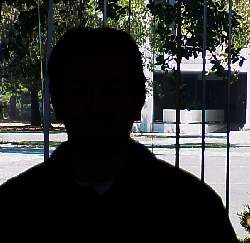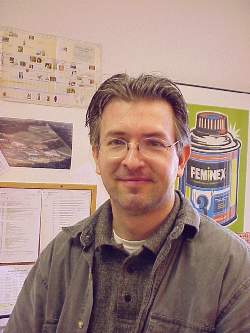
M.F.A. Printmaking
University of South Dakota, 1998.
B.A. Printmaking
Indiana University of South Bend, 1992.
Art Directorr
Designer
Production Artist
Graphic Artist
Industrial Screen Printer
ARCHIVED CONTENT - REDIRECT
|
 |
EDUCATION: M.F.A. Printmaking University of South Dakota, 1998. B.A. Printmaking Indiana University of South Bend, 1992. Art Directorr Designer Production Artist Graphic Artist Industrial Screen Printer |

